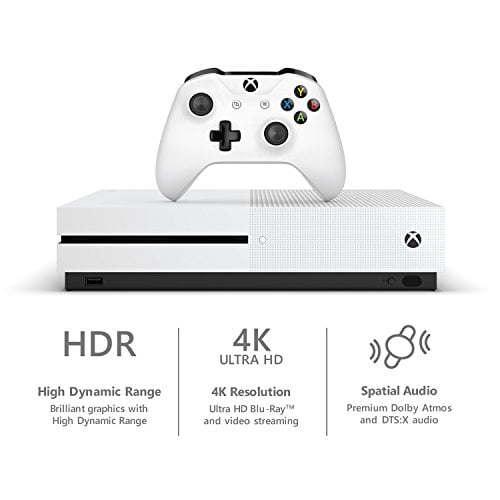
Microsoft Xbox One S Gaming Console 1TB 4K BluRay Console and Titanfall 2 Bundle : Video Games - Amazon.com

The Xbox One S 4K Ultra HD Blu-ray Player After One Year: Hello Dolby Atmos & DTS:X | High-Def Digest

Microsoft Xbox One S 1TB Forza Horizon 3 Console Bundle with 4K Ultra HD Blu-ray White 234-00105 - Best Buy

The New Xbox One S Only Has One HDMI Out, Will Use an Updated Blu-ray Player App for Ultra HD Blu-ray, & a 4K Scaler for Games | High-Def Digest

Restored Xbox One S 500GB Console, Microsoft ZQ9-00001, Refurbished Console, 886162361186 (Refurbished) - Walmart.com
















